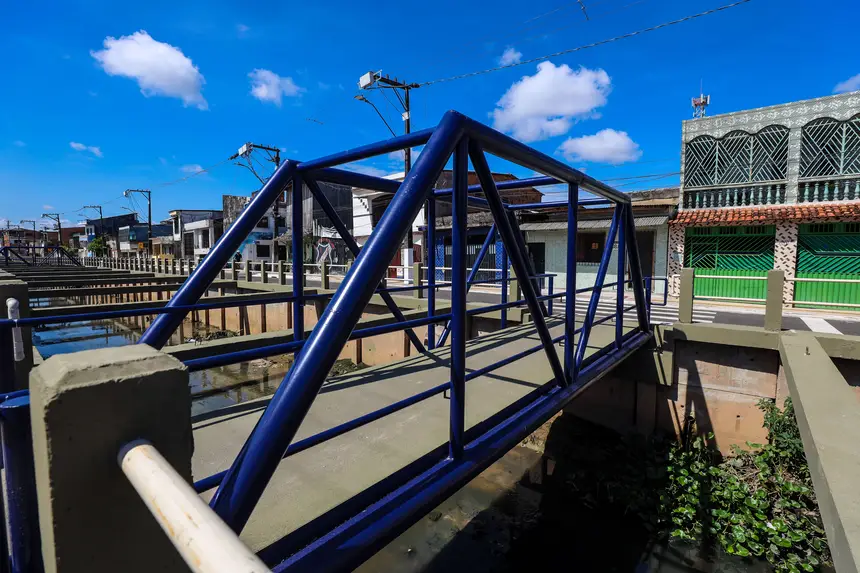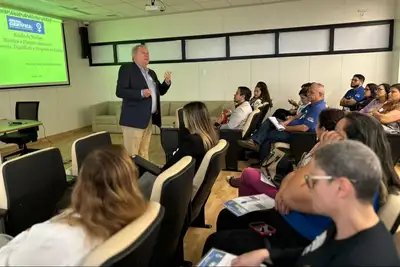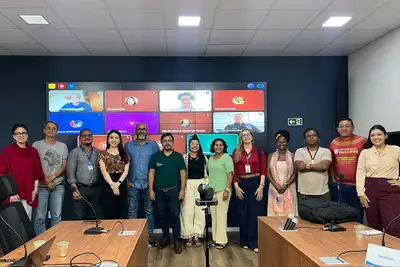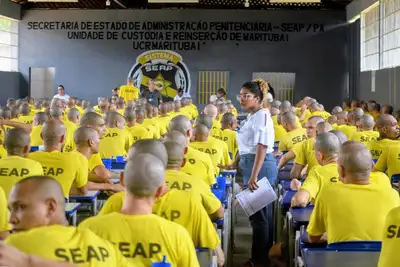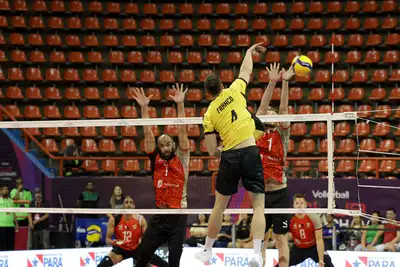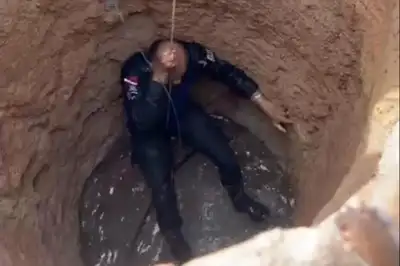Macrodrenage Works Improve the Routine of Thousands of Residents in Belém
Urban transformation restores dignity to communities and strengthens local commerce. The result reflects the actions of the largest macrodrenage program in the history of the capital of Pará.
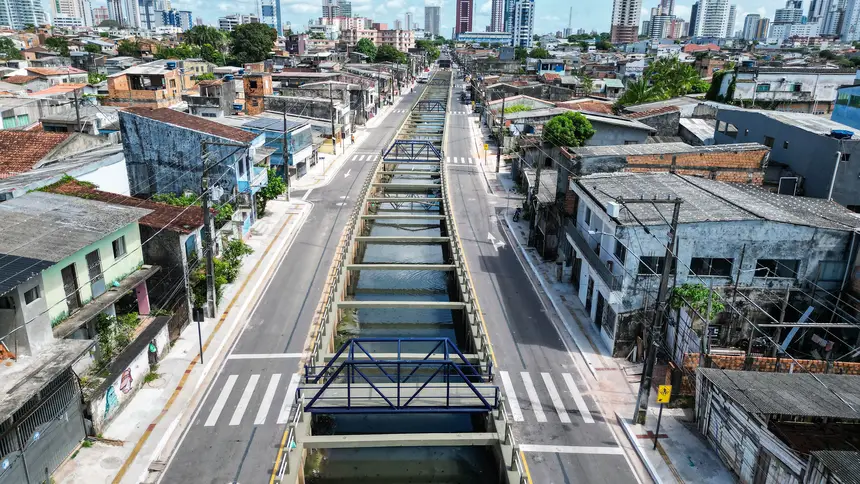
Housewife Keila Silva, a resident of Travessa Vileta in the Marco neighborhood of Belém, summarizes the impact of the macrodrenage works for those living in the community: "We have always been very harmed by flooding. It was common to lose sales and see the neighborhood flooded." Today, the scenario is different. "The mailman delivers normally, we can receive packages, everything is normal. Even our health has improved, it's a thousand percent better," she celebrates.

The improvements reported by Keila reflect the progress of structural works conducted by the Government of Pará, which are legacies of the 30th United Nations Conference on Climate Change (COP30). The requalification of the Vileta Canal is one of the actions that are part of this legacy from the event, scheduled for November in Belém. The interventions include unprecedented actions in the capital, which gained new momentum with the realization of the Conference.
"The Government of Pará is intensifying services in the largest macrodrenage program in the history of Belém. And the realization of COP30 in our capital helped to capture the resources that are already changing the daily lives of the population. These are actions over more than 11 kilometers of channels, involving infrastructure and urban mobility, providing new sewage, drainage, and water supply networks, ensuring dignity for people," highlights Gilmar Mota, Deputy Secretary of Public Works.

Infrastructure and Safety - The Vileta Canal is located within the coverage area of the Tucunduba Basin. The work included the rectification of more than 400 meters of the canal, the implementation of water networks, sewage systems, storm drainage, road paving, construction of bridges and walkways, as well as the filling of backyards.

For those who have spent decades dealing with the troubles of water invading homes, like retiree Maria Costa, the transformations are felt even during rest. "Before, when it rained, we couldn't even sleep. Now it can rain at night, and we sleep peacefully." She recalls that the water reached almost a meter inside her house. "I lost my refrigerator, stove, freezer... But now everything has improved, even health," she reinforces.
The positive impact of the works goes beyond improving quality of life and also reflects on the local commerce. The owner of a bakery at the intersection of Vileta and Passagem Hortinha, Manoel Valente, celebrates the end of difficult days. "It was classic for it to rain and flood everything, even without much rain. I have already lost days of sales because there was no way to work. Now, with this service, it has become great. I work peacefully," he reports.
Flood Prevention - The improvements in the Vileta and Leal Martins canals are part of 15 other interventions carried out since 2019. This means that there are a total of 17 requalified canals – 13 of them directly linked to the legacy project of COP30.
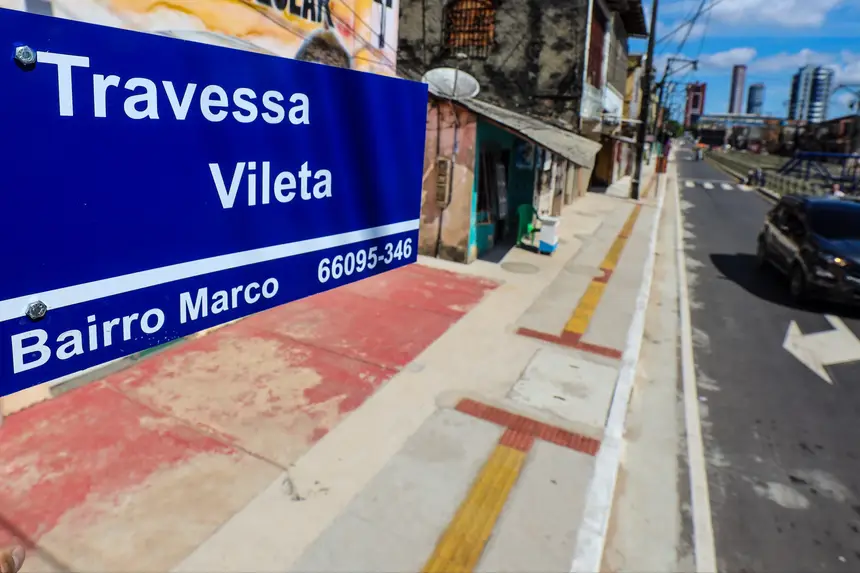
In the Marco neighborhoods, the works also reach the União and Timbó canals, composing a broader strategy for flood prevention and adaptation to climate change. The program also extends to the Murutucu, Tamandaré, and Una basins, impacting the lives of more than half a million people in Belém.
What was just a dream for many is now a reality. And, as Keila Silva summarizes at her family's grocery store: "It's wonderful. The only thing left is for people to do their part with the trash. Because the rest, the government has done."


